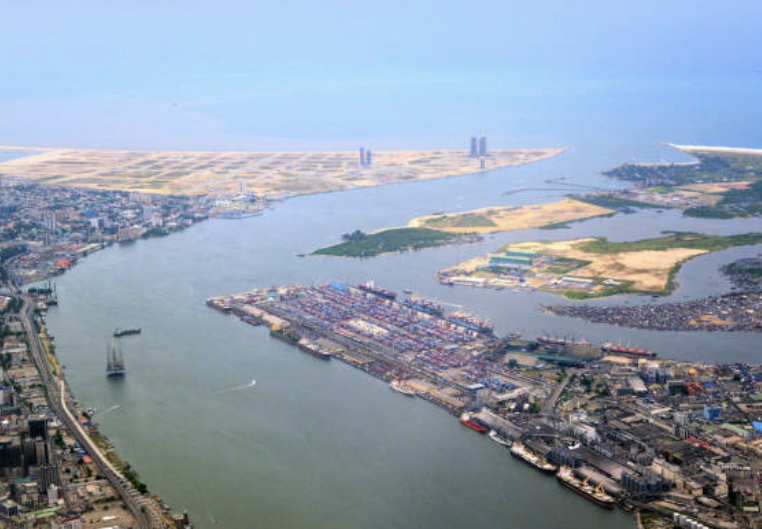
Posted on Thursday, October 31, 2024
Importing roll forming machines into Nigeria involves several key steps to ensure compliance with local regulations and successful integration into your operations.
1. Understand Import Regulations and Compliance
2. Identify Reliable Suppliers
3. Determine Import Duties and Taxes
4. Arrange Shipping and Logistics
5. Customs Clearance
6. Delivery and Installation
7. After-Sales Support
Additional Considerations
By meticulously following these steps, you can facilitate a smooth importation process for roll forming machines into Nigeria, ensuring compliance with regulations and successful integration into your operations.

Most Popular Roll Forming Machines in the United Kingdom
Posted on Thursday, December 11, 2025
This blog breaks down the five most in-demand roll forming machines in the UK

Can I Finance a Roll Forming Machine?
Posted on Thursday, December 11, 2025
Financing a roll forming machine is easier than most buyers think. Here’s how leases, loans, and payment plans make production affordable.

Roll Forming Machines for Sale in the UK: What Buyers Need to Know Before Purchasing
Posted on Thursday, December 11, 2025
This complete guide explains everything UK buyers must know before purchasing, including machine types, voltage requirements, CE/UKCA compliance

Roll Forming Machines for Sale in the USA: What Buyers Need to Know Before Purchasing
Posted on Wednesday, December 10, 2025
This guide explains everything U.S. buyers need to know before purchasing a roll forming machine, including machine types, pricing, voltage
Copyright 2026 © Machine Matcher.